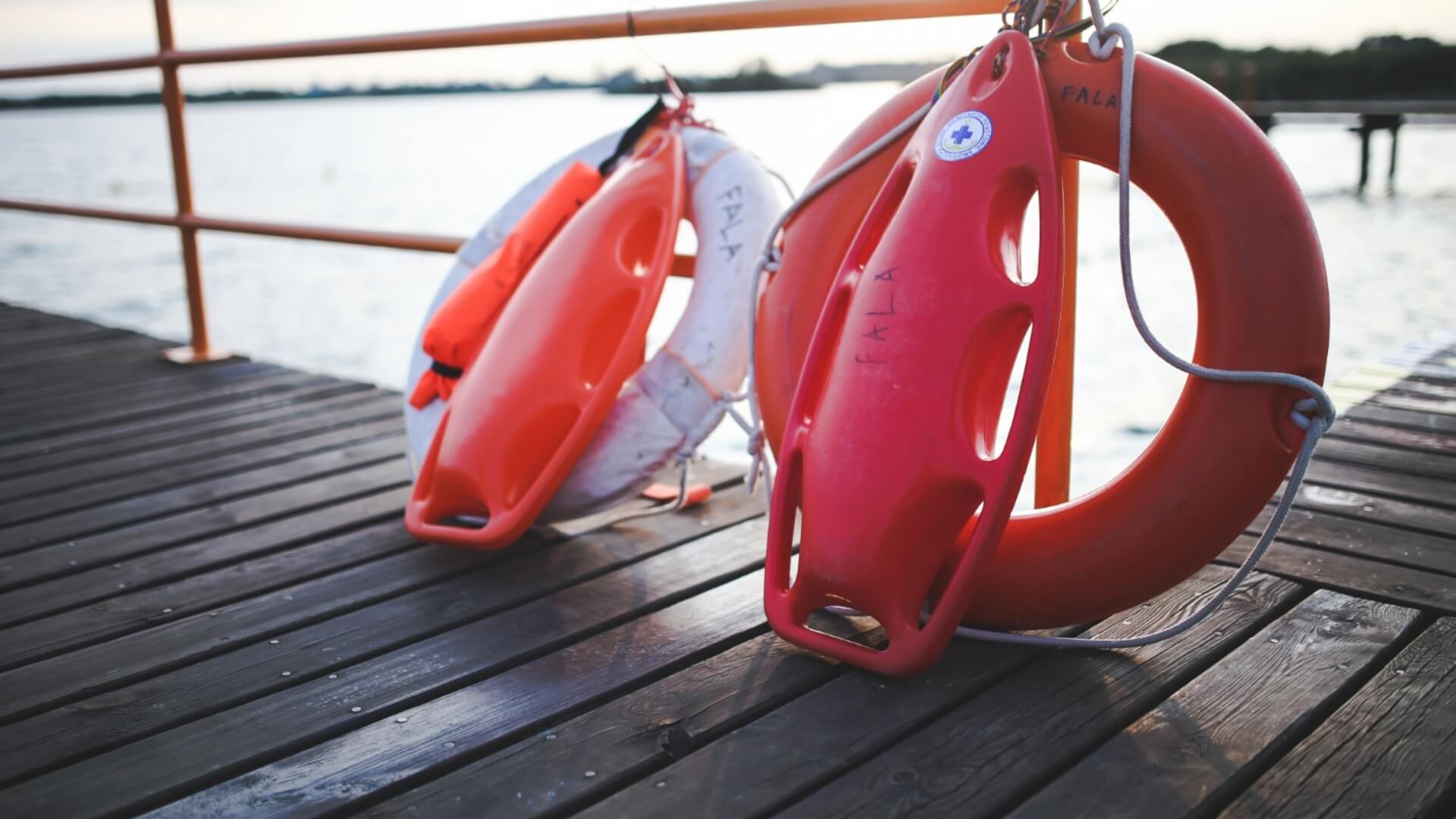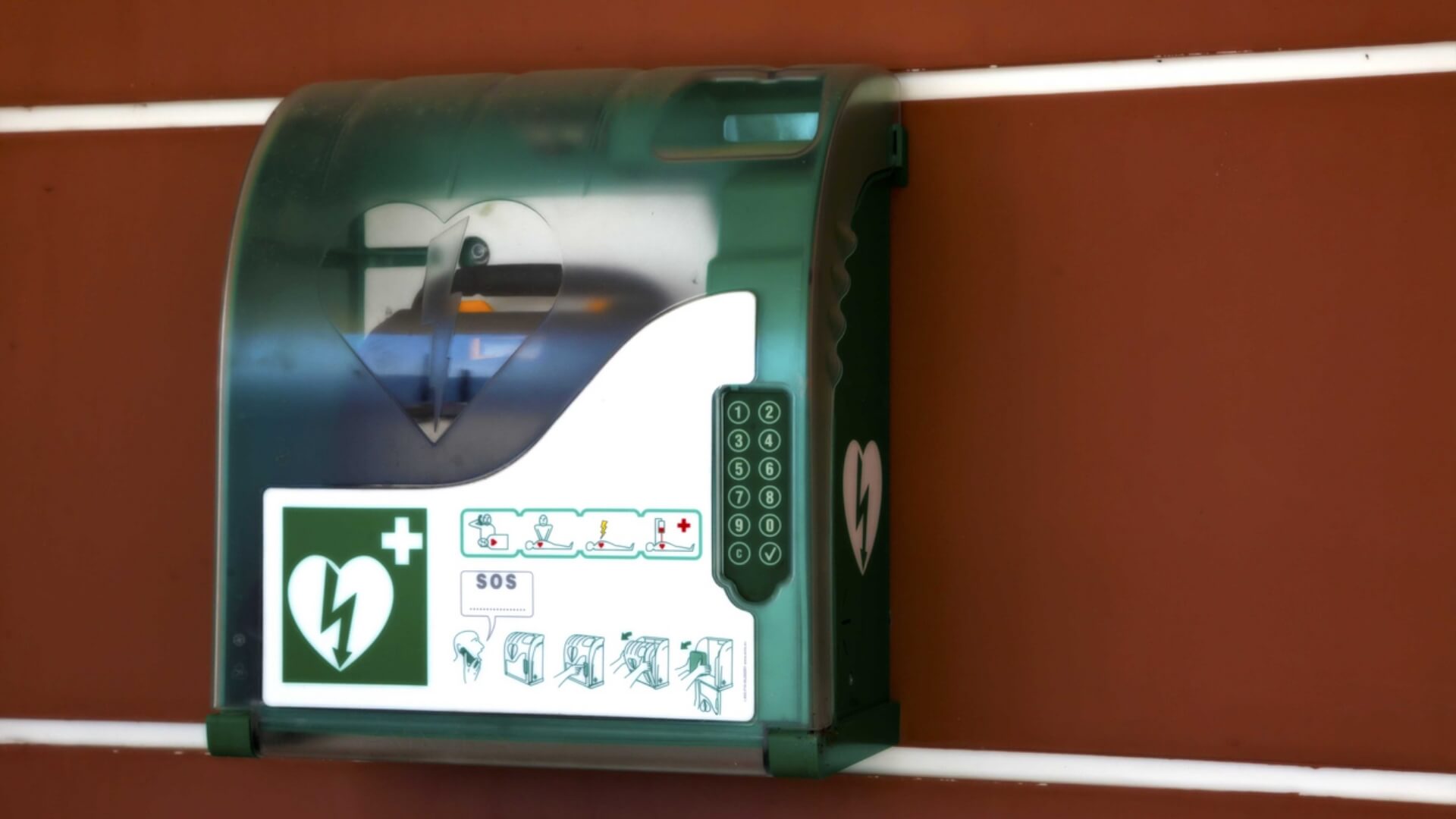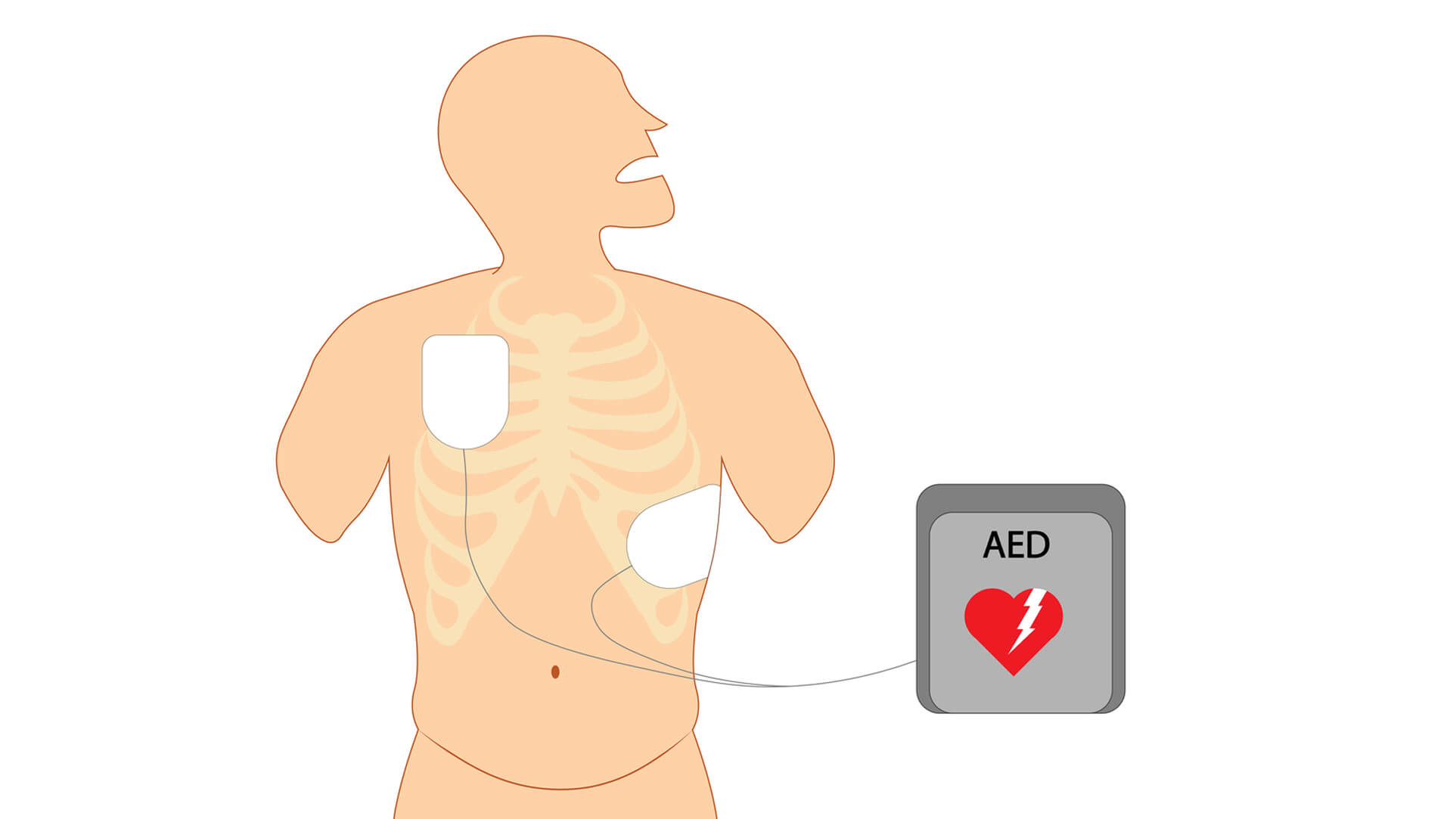-
 Written By
Prabakar Mahalingam
Written By
Prabakar Mahalingam
- Published
Critical Lifeguard Skills for Safety, Rescue, and Rapid Response

Lifeguards are key to safety in all water areas, like pools and beaches. Their main job isn’t about reacting to danger, but actively preventing it. To do this well, they need sharp awareness and strong lifesaving abilities. This guide shows the key skills lifeguards need to save lives. They must act fast during emergencies. These skills help keep everyone safe and manage the environment well.
Surveillance and Vigilance
Lifeguards must stay alert. They scan their areas to ensure they see every part of the water and its surroundings. Their role needs sharp focus and discipline. They should avoid distractions, like phones or idle talk. Lifeguards stay alert to spot hazards quickly. This helps them prevent incidents before they happen. Their watchfulness is crucial for keeping everyone safe.
Water Rescue Techniques
Lifeguards need training in basic water rescue methods. This training helps them act quickly and safely in emergencies. Use tools to reach the swimmer. Throw a flotation device. Enter shallow water to help. These are key techniques for an effective response. Mastering these skills helps lifeguards face different situations confidently. This can be the key to turning danger into safety.
First Aid and CPR
Lifeguards must know basic first aid. This helps them deal with minor injuries and serious emergencies. They need to clean wounds and know when to use CPR or an AED. Acting quickly and correctly is essential. Proper training helps them provide effective care right away. This includes bandaging cuts or responding to cardiac emergencies.
Communication
Lifeguards need strong communication skills. This helps them provide clear directions. It also helps enforce safety rules and respond quickly in emergencies. Using firm verbal commands, whistle signals, or radios helps convey information quickly. This ensures a coordinated and effective response.
Physical fitness and strength
Lifeguards rely on strong physical fitness to perform their duties effectively. Regular exercise builds strength, endurance, and agility. These are key for quick rescues and staying alert for long hours. Staying fit helps them move quickly. It also lets them handle tough emergency situations with confidence.
Recognition of Distress and Drowning
Lifeguards must quickly spot clear and subtle signs of distress in the water. Some swimmers may struggle and shout for help. Others might show quieter signs. They may stay still with their mouths at water level. Noticing these silent cues is crucial. Responding quickly can help prevent tragedy.
Water Safety Rules and Regulations
Lifeguards need to know the specific rules and procedures of their facility. This includes safety protocols, hours of operation, and emergency plans. They also enforce these guidelines. This helps protect visitors and keeps the environment safe. Knowing their legal duties is also key. It encourages them to act with responsibility and to meet professional standards.
Teamwork and Cooperation
Teamwork is key in lifeguarding. Good coordination leads to quicker and better-organized responses in emergencies. Lifeguards need to communicate in a way that is easy to understand with one another. They must know their roles well. They should work with facility staff and outside responders when needed. Working together makes our environment safer and allows for quick action when needed.
What is a lifeguard?
A lifeguard is a certified expert. They are trained to keep people safe in places like pools, beaches, and water parks. Their main focus is preventing accidents and reacting quickly during emergencies. They learn important skills through specialized training. This helps them keep others safe in and around water.
How old do you have to be to be a lifeguard?
The minimum age to be a lifeguard varies by location and certification. Most places need candidates to be at least 15 or 16 years old. Age limits for lifeguard training and starting work can vary by country or region. Yet, these thresholds are often common:
- American Red Cross (United States): To get certified as a lifeguard through the American Red Cross, you must be at least 15 years old. Some employers set the least age at 16. So, check the rule with the program or facility where you want to work.
- YMCA (United States and Canada): The YMCA usually requires lifeguards to be 15 or 16 years old. This matches the age standards of the American Red Cross.
- International Locations: Lifeguard certification rules vary worldwide. Each place has its own smallest age limits based on local laws and training providers. In some areas, the age may differ from the usual U.S. standard. This depends on national guidelines.
Check local guidelines and the program’s age requirements before getting lifeguard certification. The job has physical challenges, so candidates need to be in good shape.
How do you become a lifeguard?
To be a lifeguard, you need training, certification, and good swimming skills. Candidates must show that they can tread water, swim various strokes, and retrieve objects from the pool floor. Gaining these skills through hands-on practice is essential to prepare for the role.
- Find a Certification Program: Take a certified lifeguard course from trusted providers. Options include the American Red Cross, YMCA, or a local group. These programs offer the essential training needed to qualify for the role.
- Complete Training: Take a lifeguard training course. It includes classroom lessons and hands-on training. You will learn water rescue, CPR, first aid, and how to use an AED. Most courses take a few days, depending on the program’s structure.
- Pass Written and Practical Exams: To get certified, lifeguard candidates need to pass written tests on safety, first aid, and CPR. They must also show their rescue and swimming skills in practical evaluations.
- Maintain Physical Fitness: Lifeguards need to stay in strong physical condition to do their job well. Regular swimming and endurance training keep your fitness up. This helps you respond with speed and effectiveness.
- Obtain Certification: After you complete the training and pass the exams, you’ll get your lifeguard certification. This certification is usually good for two years. To stay qualified, be sure to renew it through periodic refresher courses.
- Seek Employment: Explore lifeguard openings at nearby pools, beaches, and aquatic centers. Many places hire seasonally, especially in summer. Yet, some offer jobs all year round.
- Job Orientation: Once hired, finish site-specific training. This will help you learn the facility’s rules, procedures, and emergency protocols.
- Continuing Education: Lifeguarding methods are always changing. Extra courses or workshops can boost your skills. They also teach you the latest safety practices.
- Stay Current: Stay certified by completing a recertification course before your current credentials expire.
Becoming a lifeguard takes focused training and a strong commitment to safety. It’s a meaningful role that gives you the chance to protect others and make a real difference around the world.
What are the CPR/First Aid skills needed for lifeguard certification?
Lifeguards must know CPR and first aid. These skills help them respond quickly in emergencies and give effective care. These skills are a key part of lifeguard training and certification requirements:
Airway/Suction
Lifeguards must quickly open and keep an airway for drowning victims. Fast action and rescue breathing can save lives. They should know how to manage the airway in the water and on land. This applies whether there is flotation support. Training often uses methods to lower the chance of vomiting from drinking water. While some programs may cover the use of suction devices, this isn’t always required. Lifeguards must know how to place a victim for safe transport. They should also ensure the airway remains clear.
Cervical spine injuries
In water emergencies, such as diving or high-impact activities, spinal injuries can happen. So, lifeguards must change their rescue methods to keep the spine safe. Yet, opening the airway takes priority, even when spinal injuries are possible. After rescuers
Water Rescue Competencies
Lifeguards need strong physical skills to help swimmers in trouble. Seeing an emergency is just the start. A lifeguard needs strength, endurance, and swimming skills to help. Most facilities have basic standards for physical performance. Yet, the exact requirements differ by location. These form the basis of timed water rescue tests used to check lifeguard readiness:
- Entering the water from a lifeguard watch tower on the side of the pool
- Quickly reaching the victim
- Descending to the deepest feature of the water, up to 20 feet
- Retrieving an adult victim (represented by a mannequin)
- Bringing the victim to a safe location
- Preparing the victim for the arrival of EMTs
- Performing CPR for a sustained period
FQAs
What are the key responsibilities of lifeguards?
Lifeguards prevent accidents. They watch over water activities and respond quickly to emergencies. Their duties include enforcing lifeguarding rules, providing first aid, and performing rescues. Lifeguards have a key duty: keeping everyone safe by staying alert.
What skills should a lifeguard have?
A lifeguard needs several key skills. First, they must be great swimmers. They also need CPR and first aid training. Effective communication is important, too. Finally, they must recognize signs of distress. Lifeguards need to stay fit and work well in a team, especially in emergencies.
What rules do lifeguards enforce at pools and beaches?
Lifeguards enforce rules at the facility. No diving in shallow areas. No running by the pool. Also, keep unauthorized objects out of the water. These rules help reduce the risk of injury and maintain a safe environment for all patrons.
What is included in lifeguard CPR training?
Lifeguard CPR training covers chest compressions, rescue breaths, and using an AED. CPR is key for lifeguard certification. It helps lifeguards provide life-saving care in heart and breathing emergencies.
What Does a Lifeguard Carry During Duty?
A lifeguard typically carries a rescue tube or buoy, a whistle, and sometimes a radio or first-aid kit. These tools aid in communication, water rescues, and basic medical care. All these are key for lifeguards to do their jobs well.
Does Canadian Lifesaving Certification work in the U.S.?
Some U.S. employers may recognize Canadian lifeguard certifications from the Lifesaving Society. Yet, this recognition varies by state and facility. Check with the American certification body or your employer. Make sure they accept your credentials.
Conclusion
Being a lifeguard is not a summer job. It’s a big commitment to safety and responsibility. You need to act quickly in critical moments. Lifeguards are essential for saving lives. They master water rescue techniques, stay fit, and train in CPR. Staying informed is key to success in this rewarding profession. Start your certification journey or enhance your skills. Stay updated with the latest information.

